Spain is the most popular holiday destination for Scots and many are expected to head there this summer for a well-earned break.
The food, culture and warm weather is all part of what draws Scots to Spain.
But with flights being cancelled and Covid cases surging, it’s important to have all the information you need to hand, to ensure a stress-free travel experience.
So if you’re heading there this summer, what are Spain’s travel restrictions?
And are the rules different depending on whether you’re heading to mainland Spain or one of the islands?
We’re answering all your questions about travelling to Scotland’s most popular holiday country as we continue to emerge from the pandemic.
Covid questions: What are Spain’s travel restrictions?
If you’re travelling to Spain this summer, it’s important to be aware of the Covid rules, otherwise you could be refused entry.
Firstly, you must provide either proof of:
- Being fully vaccinated, or;
- A negative Covid test, or;
- Recovery from Covid-19 in the last six months.
If you have received a booster, you are considered fully vaccinated for entry into Spain. There is currently no expiry date for booster jabs.
If you or your child have not received a booster vaccine, you can find out about when you must have had your most recent vaccine on the UK Government website.
If you’re not vaccinated, or are partially vaccinated, you can still travel to Spain.
You’ll just have to provide proof of a negative Covid test, or of recovery from Covid if you’ve had the virus in the last six months.
If using a negative test for entry, you’ll have to fill out an overseas passenger locator form before travelling, but no more than 48 hours before landing in Spain.
You can find out more information about when and how to do this through your airline.
Are the rules the same for travel to the Balearic or Canary islands?
Yes – whether you’re travelling to Madrid or Majorca, Granada or Gran Canaria, you must follow the above rules for entry.
What are the Covid rules in Spain?
The Covid rules in Spain depend on the region you’re staying in.
However, anyone over the age of six years must wear a face mask in the following situations:
- On any form of public transport in Spain
- Visiting a hospital or medical centre (including other healthcare settings such as dentists, opticians, pharmacies etc)
- Visiting a care or nursing home.
If you test positive for Covid-19 while on holiday in Spain, you may be required to isolate in line with local health requirements.
According to the UK Government, you won’t need to self-isolate in Spain if you have “mild or no symptoms but you should wear a mask and avoid crowded spaces”.
Those with severe Covid symptoms or who are categorised as high risk (those aged 60 or older, pregnant or immunosuppressed) must self-isolate for seven days.
In these circumstances, you may need to contact your accommodation provider to arrange to extend your stay.
Therefore, you should check your travel insurance to ensure your policy provides adequate cover should you need to extend your stay in Spain due to a positive Covid-19 diagnosis.
Are there new travel rules now we’ve left the EU?
Thanks to the Covid pandemic, this might be your first time travelling abroad since the rules changed following Brexit.
The UK left the European Union (EU) in January 2020; however, a transition period meant most of the travel rules didn’t change until December the same year.
Spain is part of the Schengen area. You can visit any country in the Schengen area without a visa for up to 90 days in any 180-day period.
This applies if you travel as a tourist, to visit family or friends, to attend business meetings, cultural or sports events, or for short-term studies or training.
The Schengen area also has certain passport requirements you must adhere to for entry into the country. Your passport must be:
- issued less than 10 years before the date you enter the country (check the ‘date of issue’) and;
- valid for at least three months after the day you plan to leave (check the ‘expiry date’).
So, if you’re traveling to Spain today, the date of issue on your passport must be August 14 2012 or after, and the expiry date can’t be before October 14 2022.
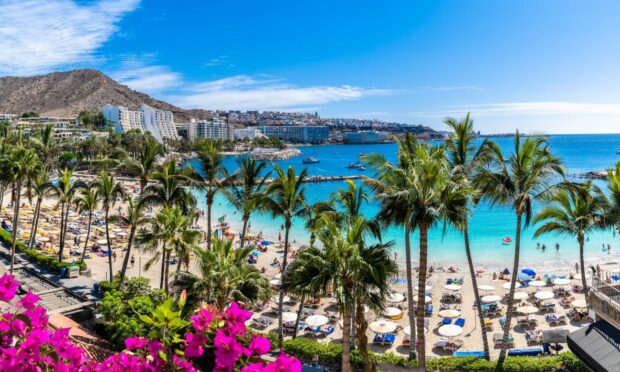
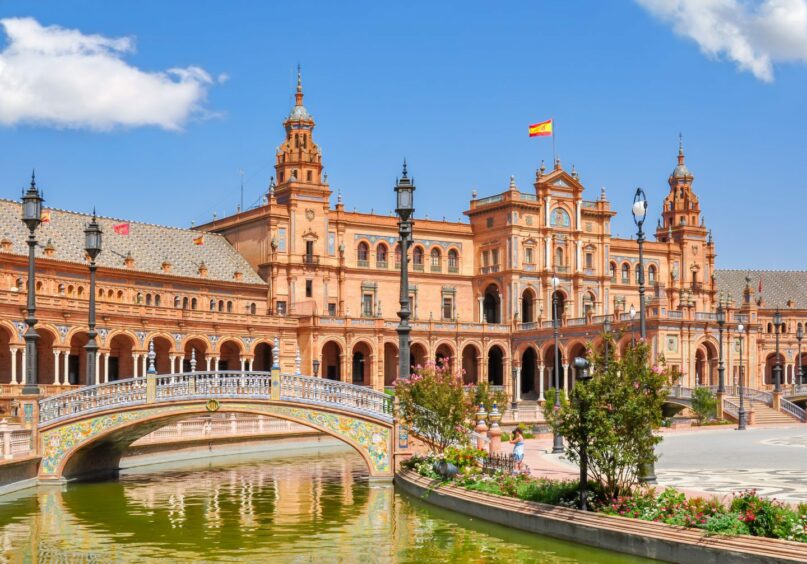
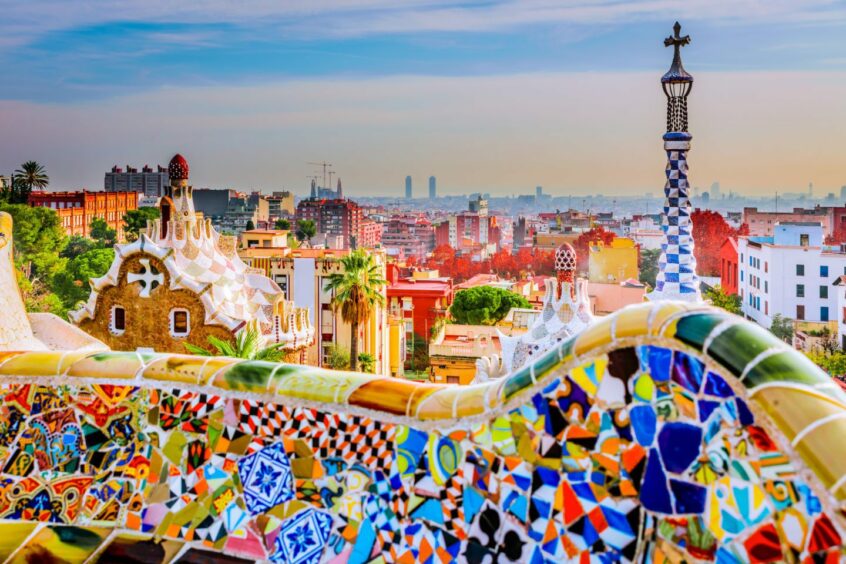
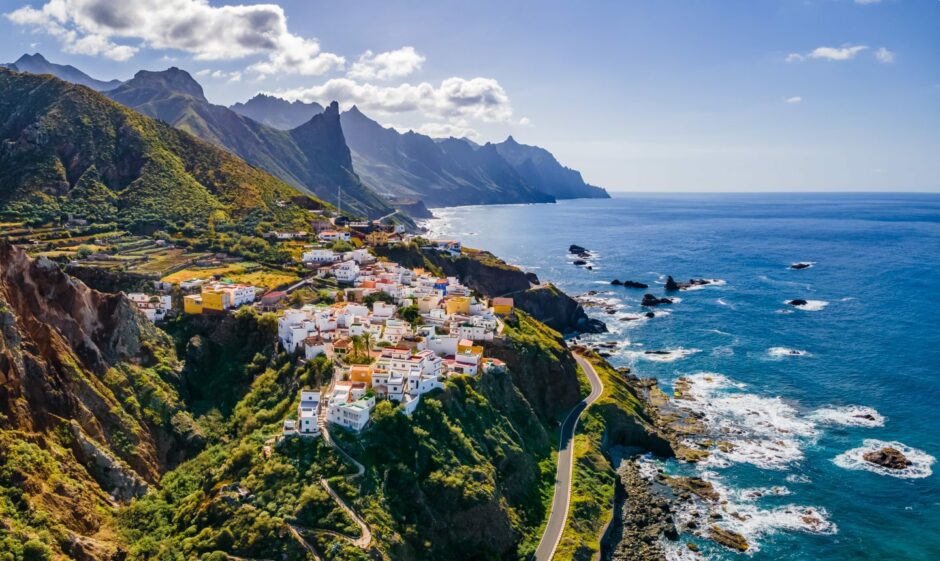
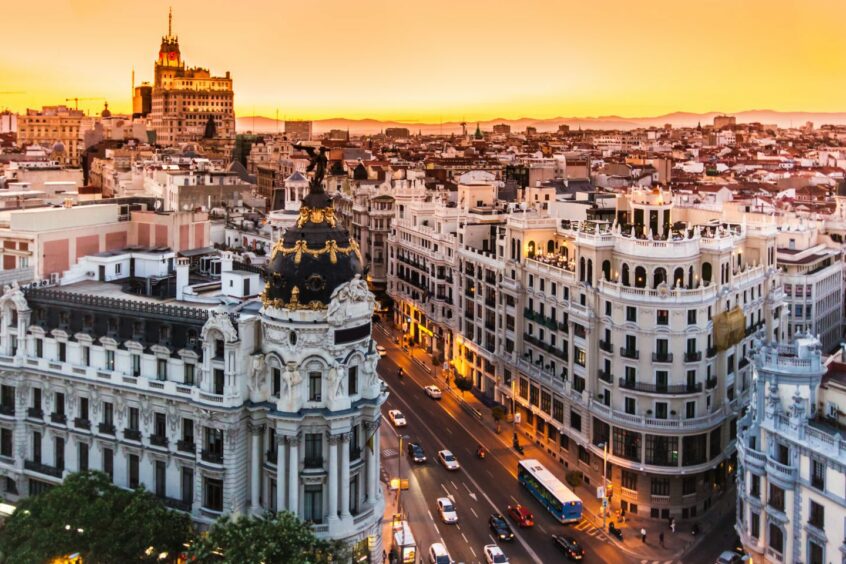
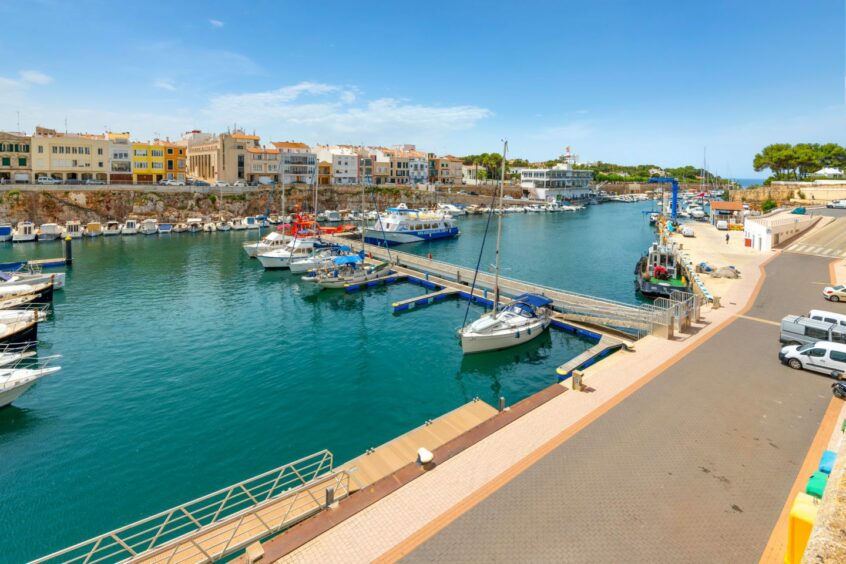










Conversation